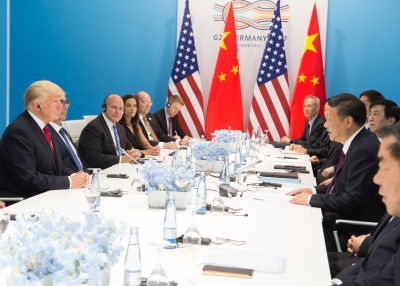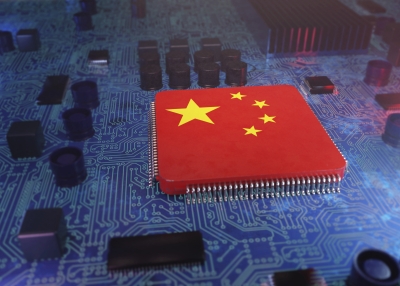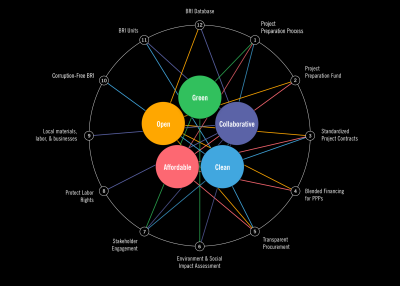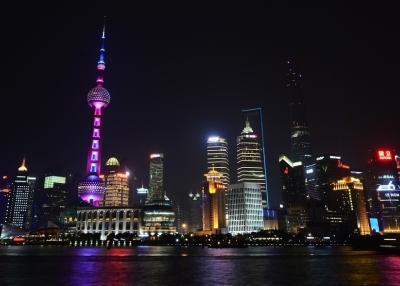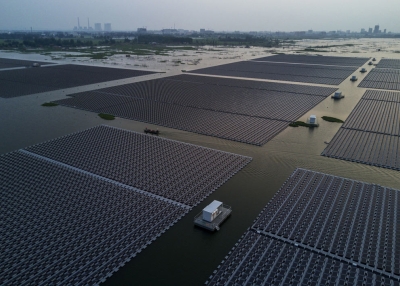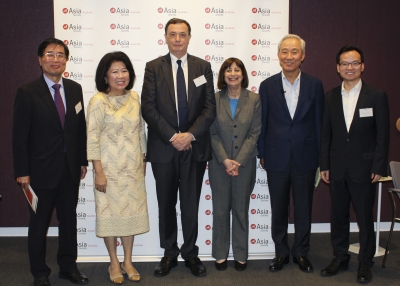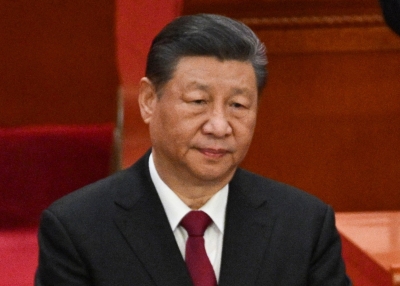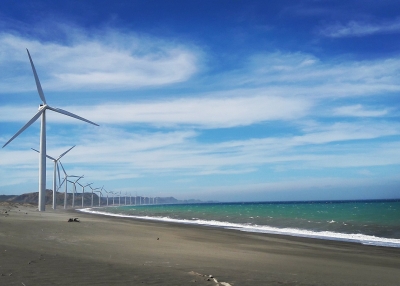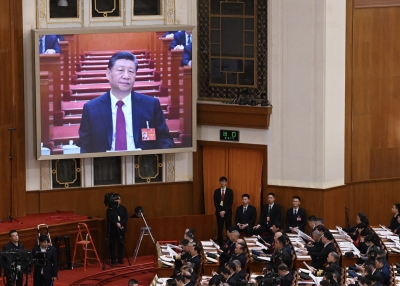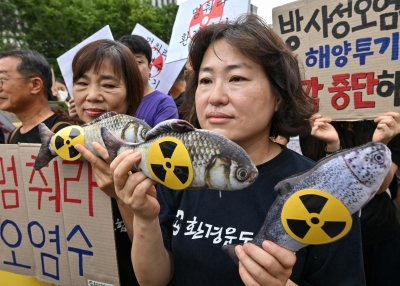
As the country with the largest population, economy, and military in Asia, China exerts tremendous influence on day-to-day developments and long-term trends related to international security, prosperity, and sustainability in the region and across the globe. As its power and influence grow, China’s rise will continue to shape power dynamics in the Asia-Pacific and raise questions about the future of regional and international order.
ASPI convenes strategic dialogues and discussions and produces reports and expert commentary to deepen understanding about China and its impact on the region, as well as expand cooperation among China, the United States, and other Asia-Pacific countries. ASPI President Kevin Rudd leads an initiative on the future of U.S.-China relations . Additionally, The China Dashboard: Tracking China’s Economic Reform Program, a joint project of the Asia Society Policy Institute and the Rhodium Group, tracks China’s progress toward its self-defined reform objectives in 10 essential economic policy clusters. And through its initiative Toward a Northeast Asia Carbon Market, ASPI provides insights into the future of sustainability in Northeast Asia and emphasizes China’s integral role.
Featured Initiatives
Reports
Commentary
-
articleEvan Medeiros writes about the credibility of "peak China" and what is actually happening in China.
-
videoASPI and WITA co-hosted an event on shipbuilding as the next U.S.-China trade battle.
-
articleWendy Cutler and Jane Mellsop write about China's manufacturing overcapacity and how the global community should respond.
-
reportWendy Cutler and Shay Wester explore Lithuania's experience with Chinese economic coercion.
-
articleLizzi Lee writes about overcapacity in the Chinese economy and how it affects U.S.-China trade relations.
-
articleNeil Thomas analyzes the readout from China's Central Foreign Affairs Work Conference.
-
reportA new report on Asia's substantial market opportunities for green hydrogen electrolyzers.
-
articlePhilippe Le Corre writes about how France and Germany need to approach China in a coordinated manner.
-
articleFarwa Aamer and Blake Berger explore China's BRI investments amid political transitions.
-
articleMuyi Yang and Alistair Ritchie write on the crucial role of China in financing the clean energy transition in Southeast Asia.

